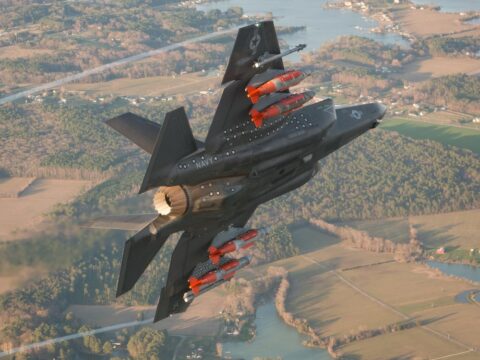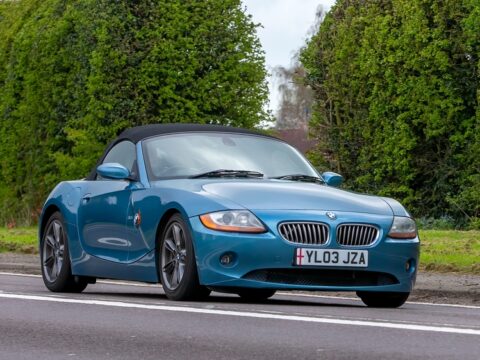Aviation history is filled with groundbreaking innovations, but not all experimental aircraft get the recognition they deserve. Some were ahead of their time, while others paved the way for technologies we use today. These 16 overlooked experimental aircraft made significant contributions to aviation, shaping the future of flight in ways that often go unnoticed.
Contents
Northrop YB-49
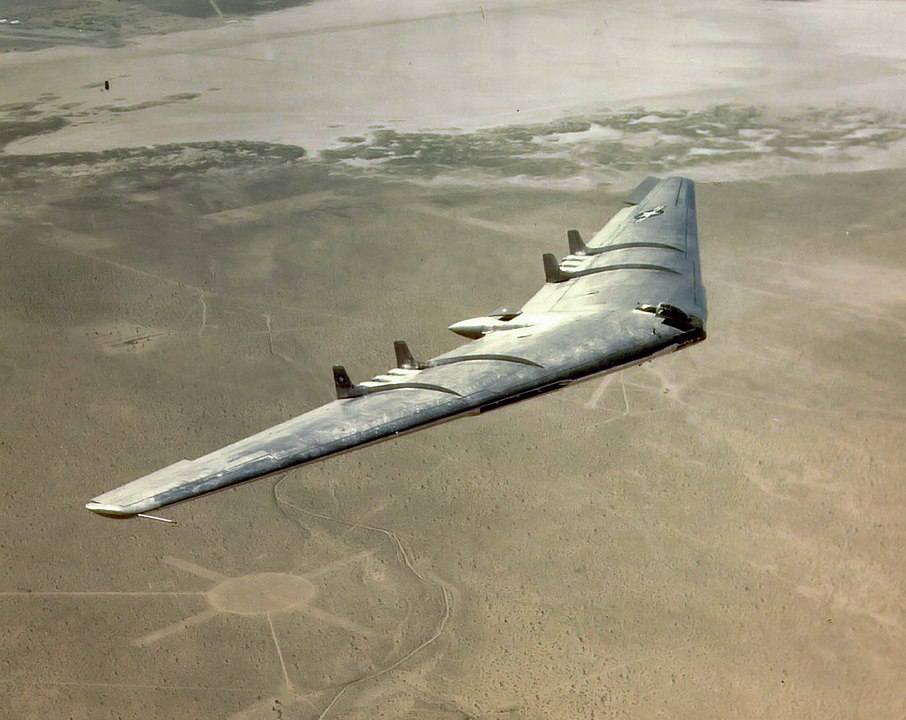
The Northrop YB-49 was a flying wing bomber designed in the late 1940s, pushing the boundaries of aerodynamic design. Its tailless, sleek structure allowed for reduced drag and improved fuel efficiency, which was revolutionary for the time. Although its instability and engine issues led to the project’s cancellation, its influence endured. The design ultimately paved the way for the development of later stealth bombers like the B-2 Spirit.
Douglas X-3 Stiletto
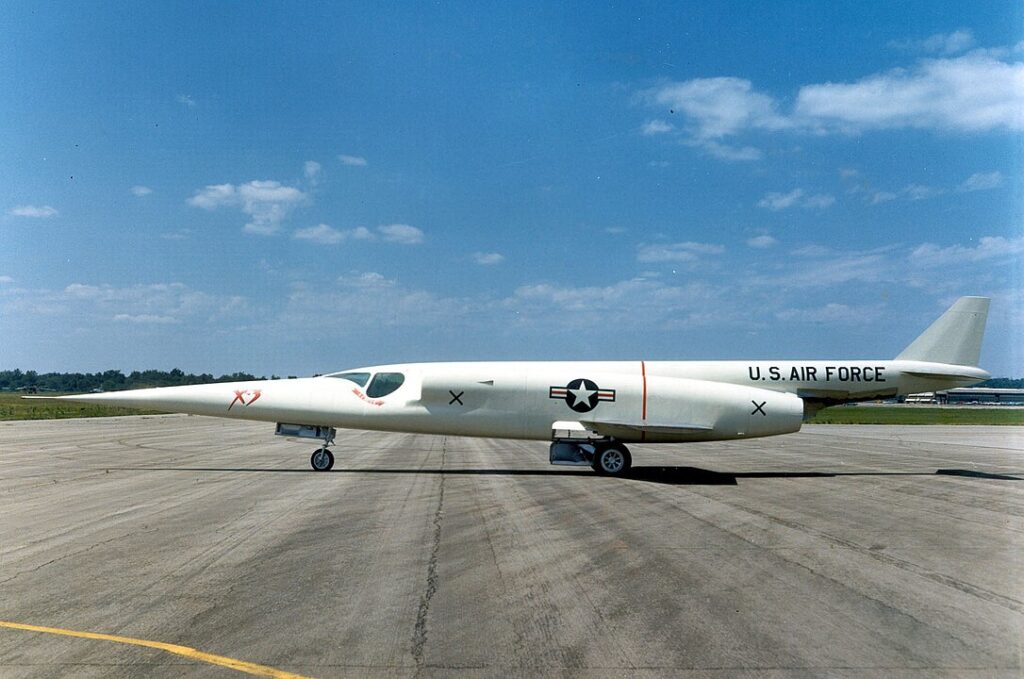
With its long, needle-like fuselage and compact wings, the Douglas X-3 Stiletto aimed to test the feasibility of supersonic speeds. Unfortunately, its engines could not provide the power needed to achieve its lofty speed goals. Despite these setbacks, it provided crucial data on high-speed aerodynamics that influenced later designs. This research was instrumental in developing future supersonic aircraft.
Bell X-1
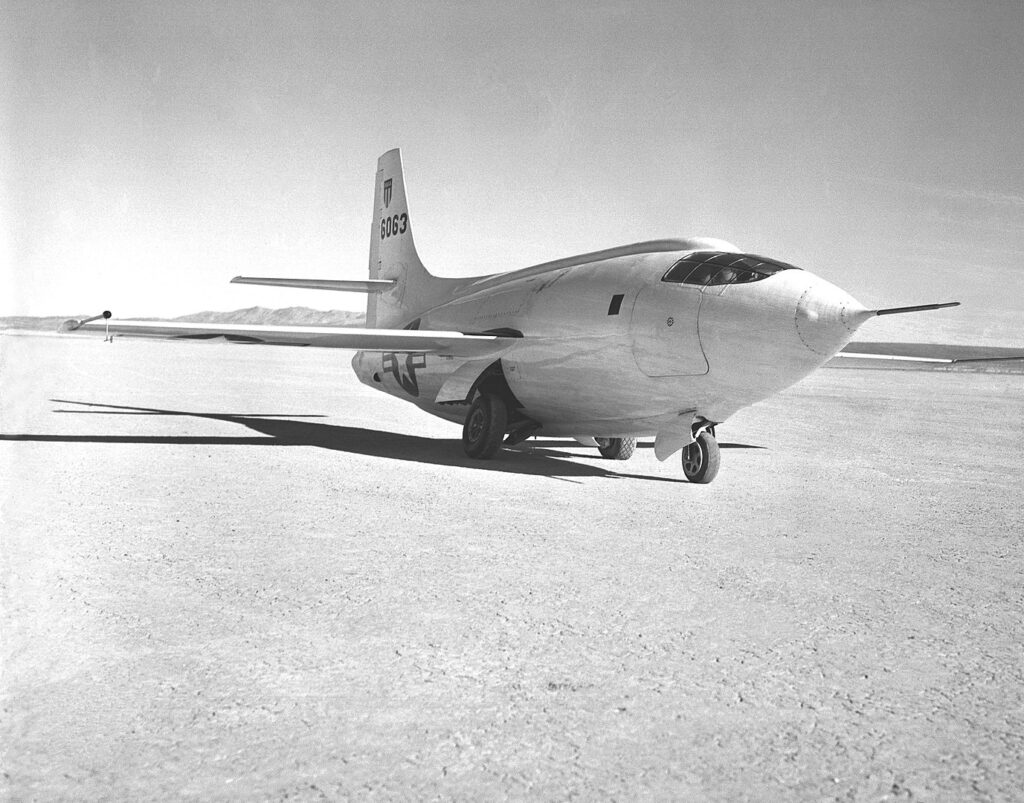
Famed for being the first aircraft to break the sound barrier, the Bell X-1 changed aviation forever. On October 14, 1947, Chuck Yeager piloted the X-1 past Mach 1, dispelling the myth of an impassable sound barrier. Its rocket-powered design and bullet-shaped fuselage were revolutionary, setting the stage for modern jet propulsion systems. This breakthrough opened the door to faster, more efficient aircraft.
Convair XFY-1 Pogo

The Convair XFY-1 Pogo was an ambitious attempt at creating a VTOL aircraft that could operate without traditional runways. Its ability to take off and land vertically made it a potential game-changer for naval operations. However, the challenges of control and stability during takeoff and landing proved too much, and the program was shelved. Nonetheless, it laid the groundwork for future VTOL technology, including the iconic Harrier jet.
Northrop XP-79
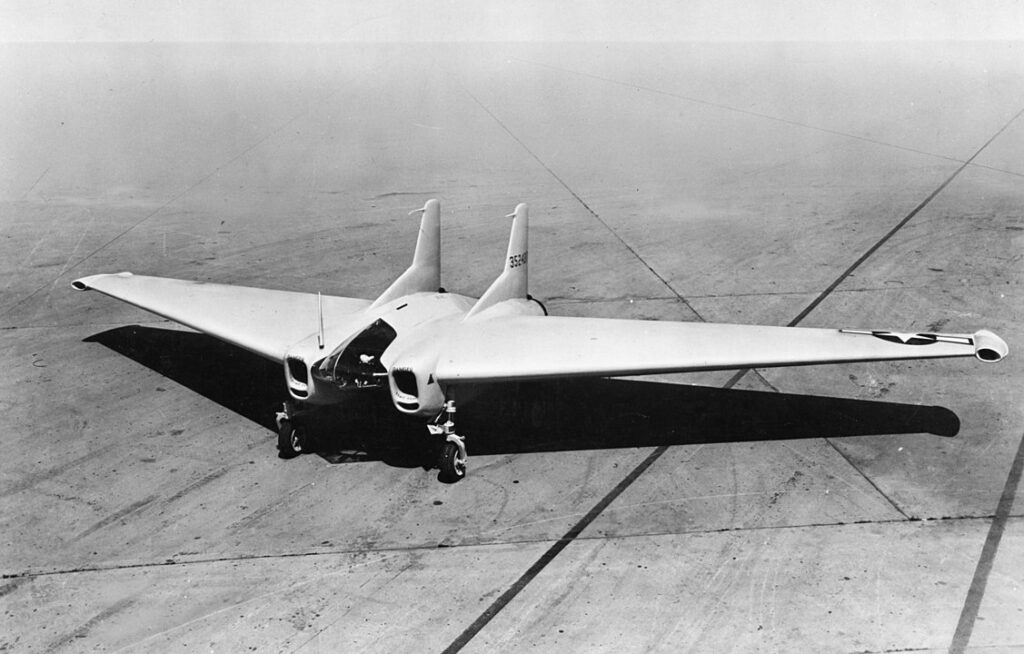
The Northrop XP-79 featured a unique flying wing design intended to serve as a fast bomber interceptor during World War II. Its innovative magnesium structure was designed to withstand high speeds and collisions with enemy aircraft. Although its development was cut short due to the tragic loss of its test pilot, the XP-79’s pioneering design influenced later flying wing aircraft. The bold concept foreshadowed modern stealth technologies.
Lockheed X-7
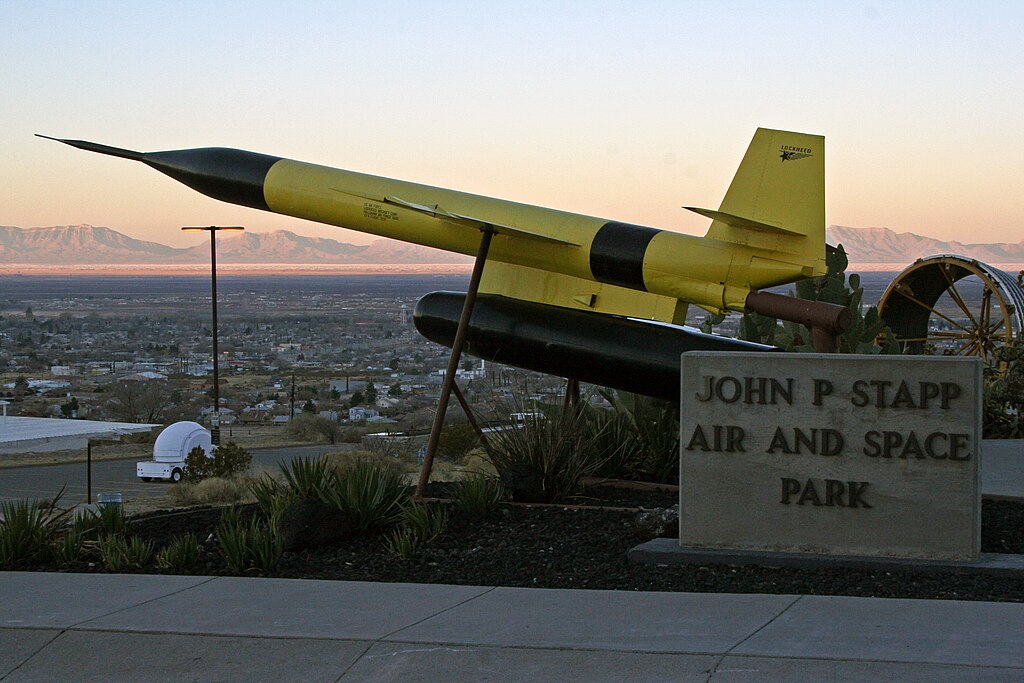
An unmanned rocket-powered aircraft, the Lockheed X-7 was used in the 1950s to test supersonic missile technology. Capable of speeds reaching Mach 4, it provided valuable data for high-speed flight and aerodynamic structures. This research significantly impacted the development of long-range missiles and military aircraft. The insights gained from the X-7’s tests contributed to shaping modern missile systems.
Avro Canada VZ-9 Avrocar
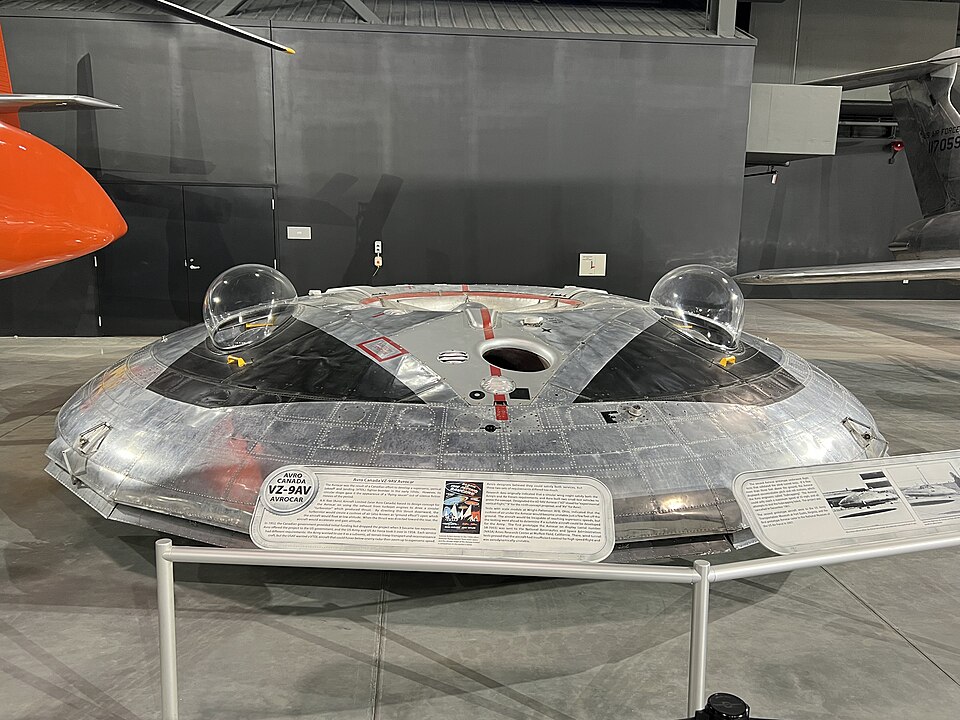
Looking like something out of a science fiction movie, the Avrocar was Canada’s attempt to create a saucer-shaped, VTOL aircraft. Initially designed for the U.S. military in the 1950s, it was meant to hover over rough terrain and fly at low altitudes. The concept was innovative, but technical issues with stability led to its abandonment. Nevertheless, the Avrocar added to the growing body of knowledge on vertical flight technology.
McDonnell XF-85 Goblin

The McDonnell XF-85 Goblin was envisioned as a “parasite” fighter, designed to be deployed from a larger bomber aircraft to defend it from enemy fighters. Its compact size allowed it to fit inside a bomber’s bomb bay, but re-docking mid-flight proved extremely difficult. While the project was ultimately canceled, the Goblin’s development provided insight into airborne combat and small fighter designs. Its compactness and bold concept were ahead of their time.
Lippisch DM-1
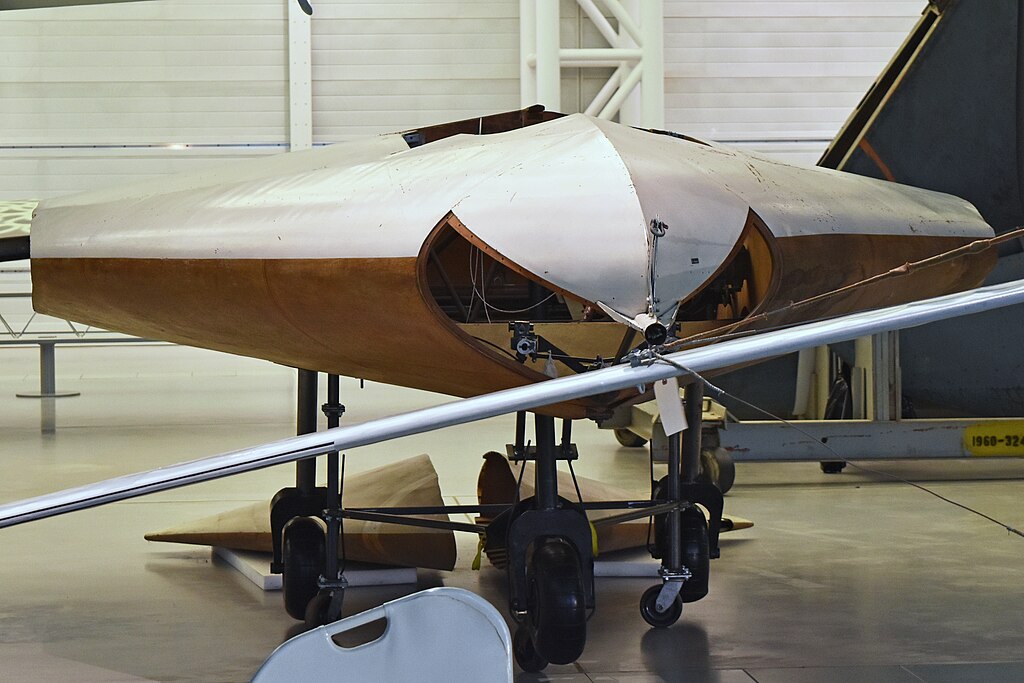
The Lippisch DM-1 was an innovative delta-wing glider built during World War II, intended to test the aerodynamics of this unconventional wing shape. Although it never saw full development, the DM-1’s work on delta wings was critical to the design of supersonic aircraft in the post-war period. This research directly influenced aircraft like the Convair F-102. Its contributions were vital to the evolution of modern jet fighters.
Bristol 188
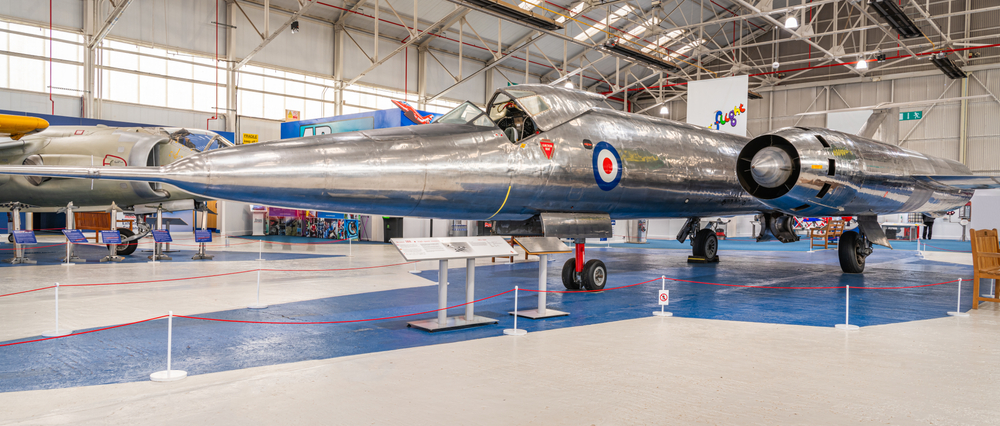
The British-built Bristol 188 was a stainless steel aircraft intended to explore the effects of extreme heat on high-speed jets. Designed in the 1950s, it was capable of supersonic flight, and its primary goal was to provide data on thermal stresses. While it encountered numerous technical difficulties and never fully realized its potential, the Bristol 188 contributed to our understanding of materials capable of withstanding high temperatures. This research had lasting effects on the development of future supersonic and hypersonic aircraft.
North American XB-70 Valkyrie
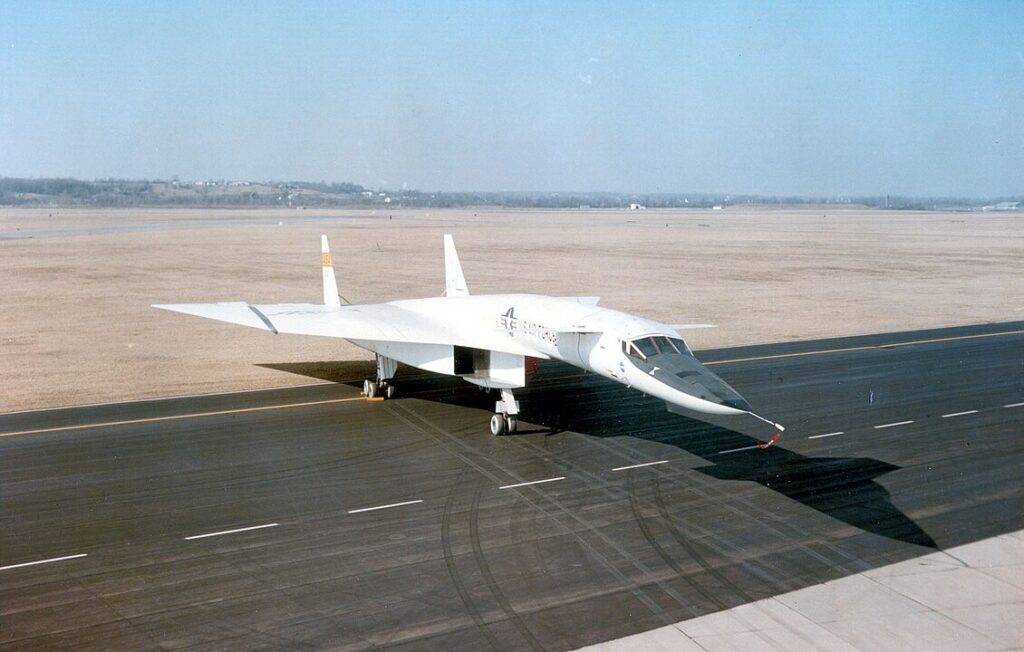
The XB-70 Valkyrie was a strategic bomber designed to fly at Mach 3 and carry nuclear payloads during the Cold War. With its innovative canards and delta wing design, it was a marvel of engineering. Unfortunately, with the rise of intercontinental ballistic missiles, the need for a high-speed bomber diminished, and the program was canceled. Nevertheless, the XB-70 provided invaluable data on high-speed aerodynamics and materials science.
Martin XB-51
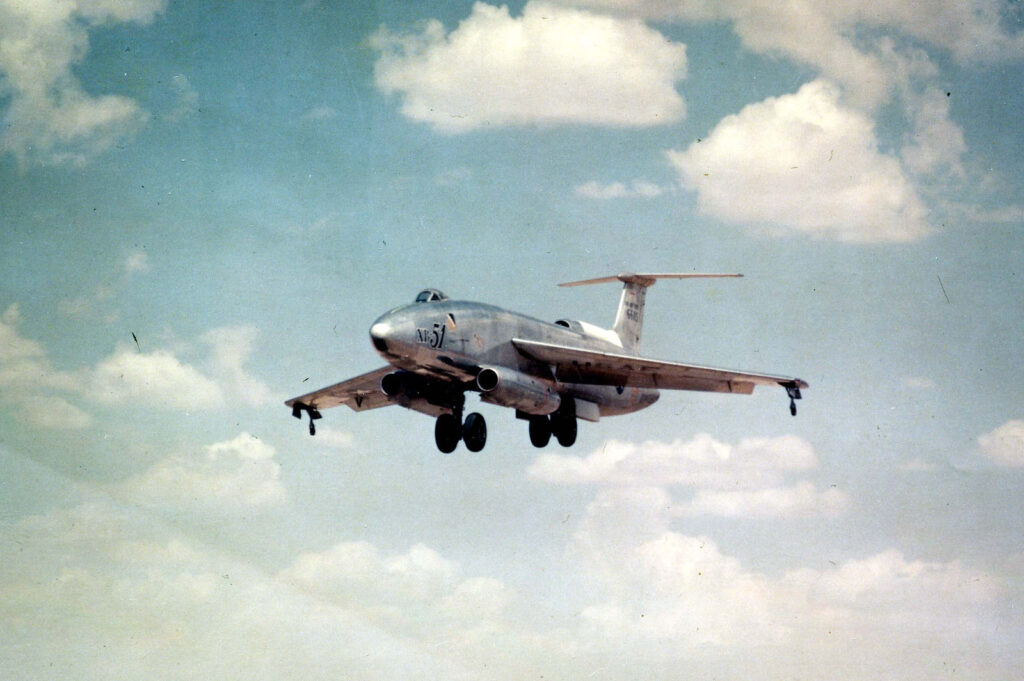
The Martin XB-51 was an experimental bomber with three jet engines, designed in the late 1940s for high-speed, low-altitude attack missions. Its forward-thinking design incorporated variable-sweep wings and a unique engine layout. Although it performed well in tests, the U.S. Air Force chose the more conventional B-57 Canberra for production. The XB-51’s design, however, pushed the envelope in jet bomber technology and influenced future designs.
Grumman X-29

The Grumman X-29 was a forward-swept wing experimental aircraft that broke new ground in aerodynamics and materials science during the 1980s. Its radical design improved maneuverability at high speeds, but it required advanced computer systems for stability. The use of composite materials and fly-by-wire controls was a significant advancement.
NASA AD-1
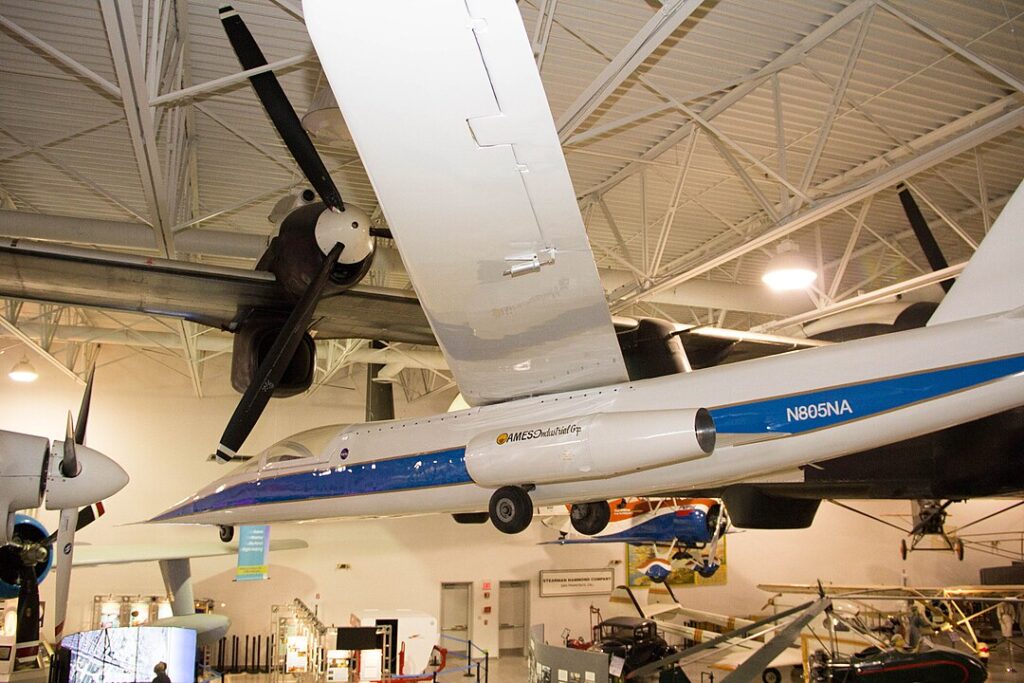
The NASA AD-1 was a striking experimental aircraft with an oblique wing that could pivot during flight, reducing drag at high speeds. This innovative design aimed to improve fuel efficiency and aerodynamic performance during transonic flight. While the aircraft had limited success, the data collected was crucial for understanding unconventional wing configurations. The AD-1 remains a fascinating example of NASA’s experimental approach to aircraft efficiency.
Lockheed XF-104 Starfighter
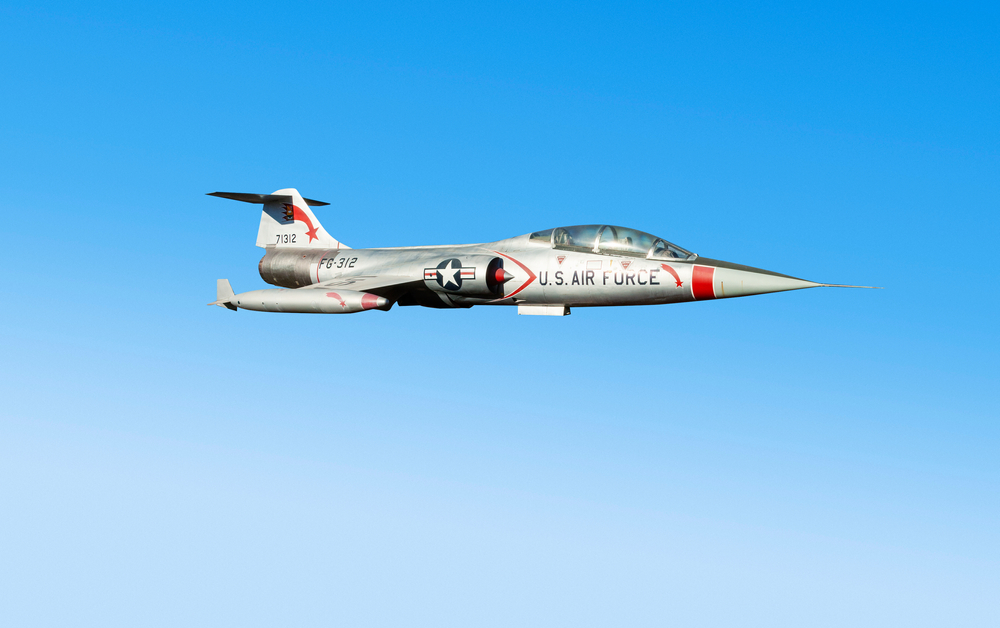
The Lockheed XF-104 Starfighter, a prototype for the legendary F-104, was designed for extreme speeds and altitudes. Its razor-thin fuselage and short wings enabled it to achieve remarkable performance, making it one of the fastest jets of its time. The XF-104 introduced innovations in propulsion and aerodynamics that shaped future interceptor aircraft. While the production F-104 became a mainstay in many air forces, the XF-104’s pioneering work deserves recognition.
Vought V-173 “Flying Pancake”
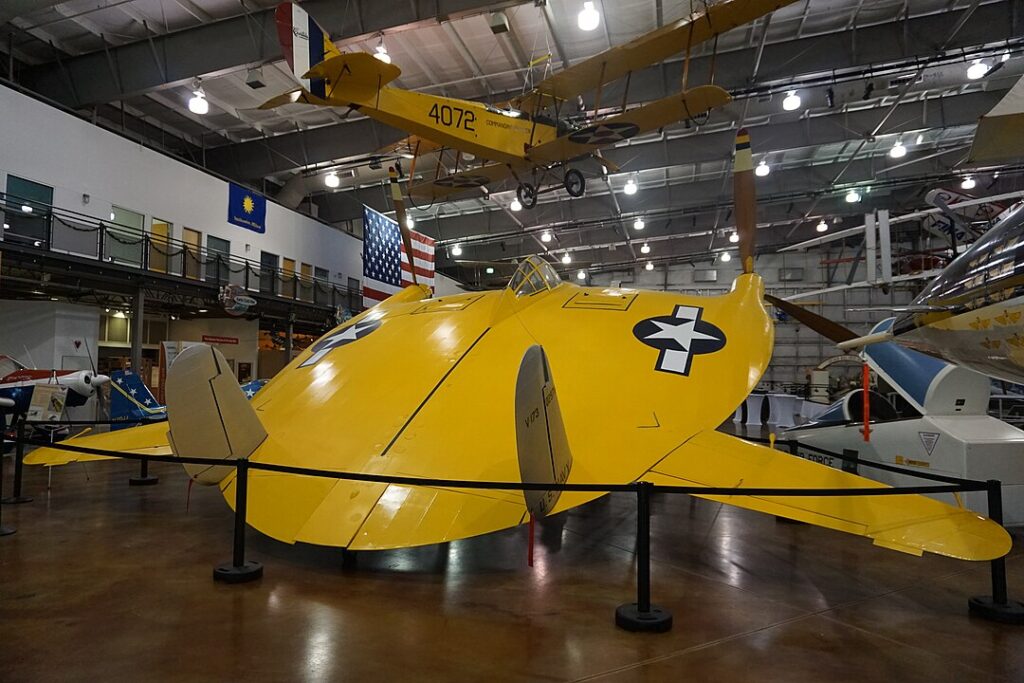
The Vought V-173 was a truly bizarre aircraft with a disc-shaped body, designed for short takeoffs and landings. Its odd appearance earned it the nickname “Flying Pancake.” Developed during World War II, it was intended to provide high-speed performance while retaining the ability to operate from short runways. Although it never entered production, the V-173’s radical design influenced future research into alternative aircraft shapes and lift concepts.
This article originally appeared in MyCarMakesNoise.
More from MyCarMakesNoise
25 Most Reliable and Durable Cars Ever Built

When it comes to choosing a car, reliability and longevity are often top priorities. Some vehicles stand out from the rest, earning reputations for their exceptional durability and ability to go the extra mile. Read More.
20 Iconic Station Wagons Now Out of Style

Remember when station wagons were the go-to family car, symbolizing both style and practicality? While they once dominated the roads, many of these iconic models have now drifted out of style. Read More.
25 Roadsters That Went from Collectible to Neglected
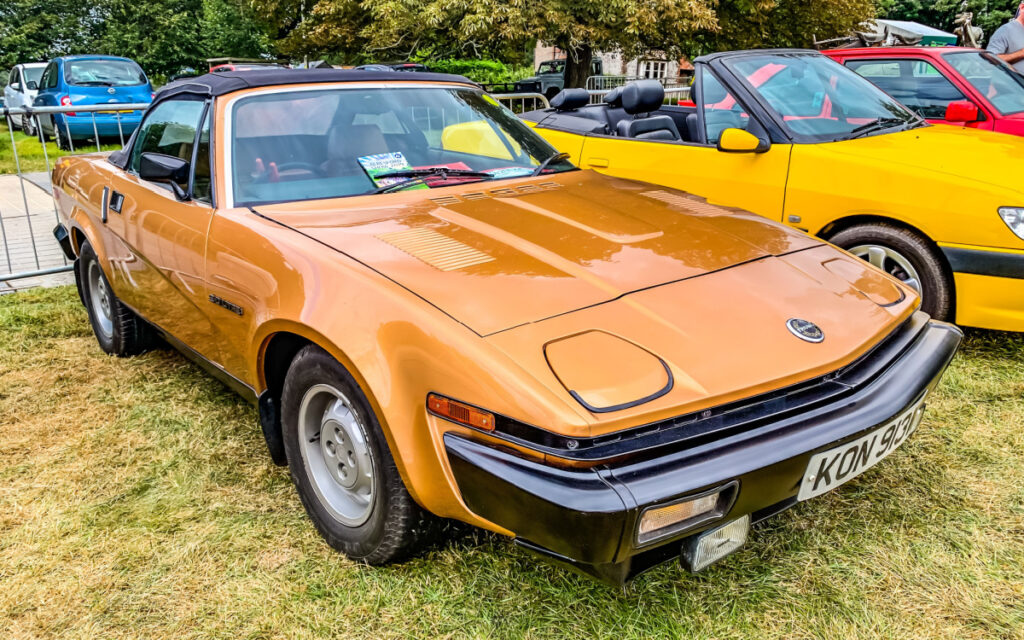
Not every roadster that once turned heads and commanded high prices has managed to hold onto its allure. Some have quietly slipped from the spotlight, falling out of favor with collectors. Read More.

